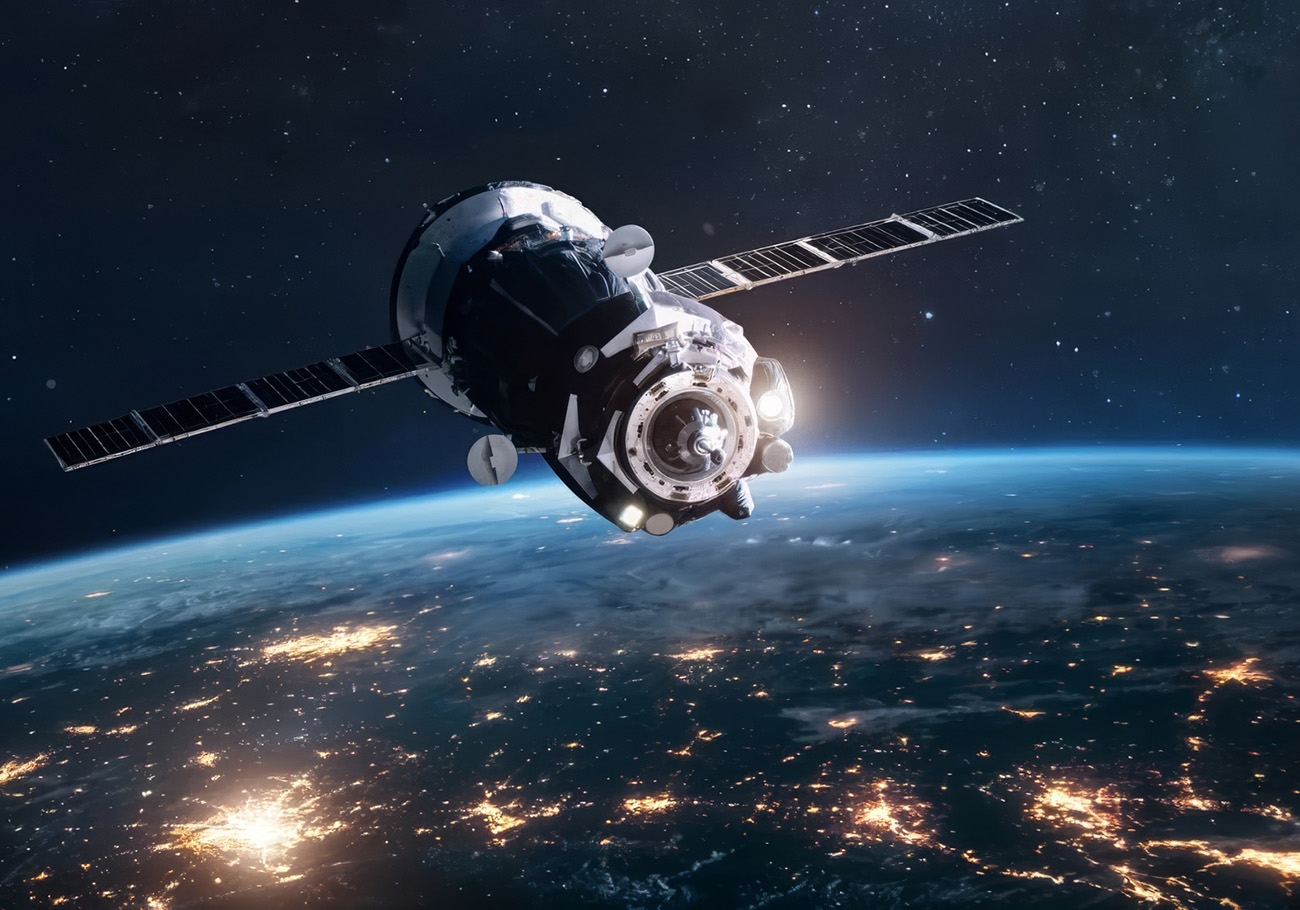




Recently, Roscosmos announced plans to launch and assemble four key modules of Russia's new space station by 2030. The launch of the first scientific and energy module is scheduled for 2027, and between 2031 and 2033, additional "special-purpose" modules will be added. The station is expected to be separated from the ISS, granting Moscow greater independence in space, as on Earth.
Particularly noteworthy is that the station will be placed in a near-polar orbit with an inclination of about 97 degrees, unlike the ISS’s 51.6 degrees. Such an orbit will make it possible to observe almost the entire surface of the planet, enhancing capabilities for scientific research and reconnaissance. This decision is also linked to strengthening Russia’s position in strategically important regions such as the Arctic and Antarctic, as polar orbits provide reliable monitoring of these areas—something geostationary satellites cannot achieve. The total budget of the project is estimated at $6.7 billion (or 529 billion Russian rubles).
Despite the ambitious plans, international experts warn of potential delays and changes in scale due to the need to develop new technologies and infrastructure.
This station will allow Russia to maintain independence in manned low-Earth orbit missions and to compete with foreign projects, including China’s Tiangong station and commercial stations. The end of ISS joint operations and the development of a domestic station reflect a profound shift in space policy, highlighting Moscow’s pursuit of autonomy and increased national control.
The fact that Russia is actively advancing in a new space race is alarming Washington, which still underestimates the changes taking place in global space affairs, writes The National Interest.